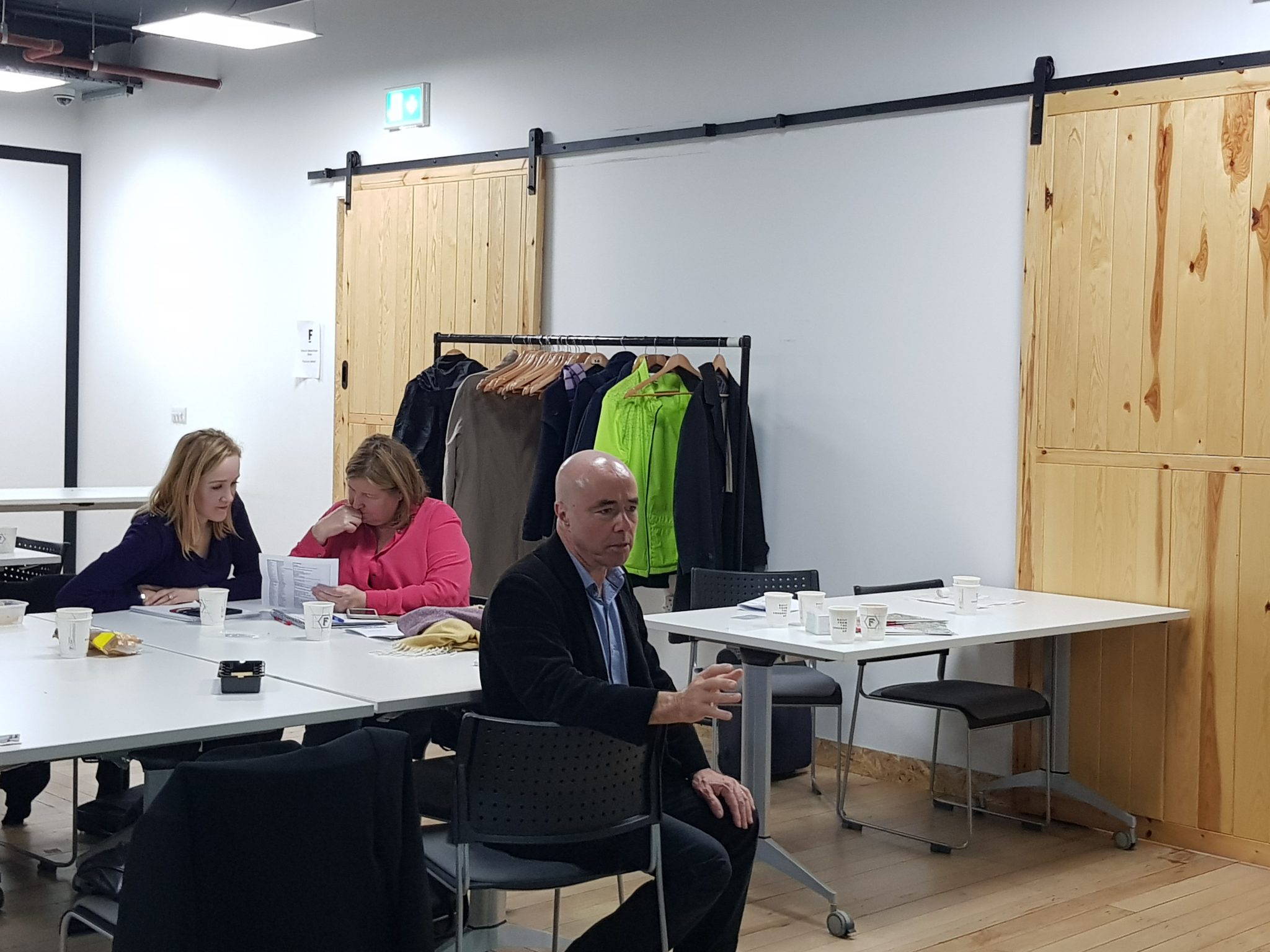In Greater Manchester, the Tameside Digital Infrastructure Co-operative is bringing together local authorities, the NHS and local businesses to share digital infrastructure and provide a range of services, including faster broadband connections, for the community.
A first in the UK, the project has received financial backing from the Department of Culture, Media and Sport (DCMS).
Shaun Fensom, consultant and advisor to Tameside Metropolitan Borough Council, said the project had been developed to create a single infrastructure to serve the public sector, businesses and residents.
“In economic development thinking there is an assumption that innovation happens at top layer,” he said. “But there is an argument that if you can drill down into the stack, into the value chain, you can do more innovation.
“That’s true for the public sector, where a great deal of innovation is required to drive the public service transformation agenda. If, for example, you have access to duct fibre, you can run that fibre at pretty much any speed you want. You are not paying per bit per second.”
How does the Tameside model work?
Participants contribute passive assets, such as ducting, that they own or have built. They retain ownership and charge a market rate to the co-operative to make use of these assets.

“The co-op pays duct access fees to the public sector at a market rate, so all transactions between not state and state are at market rate. This is no state aid,” said Mr Fensom.
Through the scheme, infrastructure can be built at low cost, by installing duct in developments and new road projects, sharing capacity with urban traffic control, and installing fibre in spare ducting along side the new tramway.
Mr Fensom added: “The co-op is designed to help its members to deliver services, of which faster broadband is just one example. Delivering faster broadband will require investment to reach properties with fibre and that could come from a combination of sources – the members, government vouchers, and end users.”
The co-operative business model, run on a one-member, one-vote basis, guarantees that all partners are equal, and that no one can take it over. Now up and running, it only trades with members but anyone can become a member.
It has three types of members. User members pay wholesale fees to access dark fibre and rack space. Contributor members contribute duct or floor/roof space and receive a fee from the co-op. Investor members invest for interest style return.
There are 2,017 businesses and 26,570 residencies within 50m of the infrastructure and 3,826 businesses and 33,960 residencies within 200m of the infrastructure. Many of these are highly feasible for connection. So far, 147 premises have connected, and 16 organisations from the private and public sector have joined.
The inspiration for the scheme came from the London Internet Exchange, which is also a mutual.
“The whole point of the co-op is to maintain neutrality like the London Internet Exchange. BT is a member, Virgin is a member,” said Mr Fensom.
London Internet Exchange is a mutually governed internet exchange point that provides peering services and public policy representation to over 780 Internet service providers and other network operators.
Tameside Council hopes the model will be replicated by other local authorities across the UK.
Last year, the government launched the Local Full Fibre Networks Programme, which aims to stimulate the telecoms market to involve in more fibre connectivity.
TDIC, one of six pilot projects around the UK, received £2.2m in August 2017 from DCMS; in January, DCMS announced a second wave of funding and Tameside received an additional £2.12m under a successful Greater Manchester Combined Authority (GMCA) bid.
So far, 30 km of ducting has been built by the council, in partnership with public sector bodies. Tameside Council also made an agreement with Transport for Greater Manchester and Manchester City Council to put fibre in ducting as part of the tram extension in Ashton. And, as part of the DCMS programme, the council was able to reach a number of other telecoms. They also developed a network of access points for people to access the network and reach their customers.
Private sector members of the co-op include the Loop, Manchester’s largest independent fibre network, and ITS Technology Group (ITS), an alternative full fibre and wireless network provider.
At the official launch of the co-op at Federation House in Manchester, Justin Leese, programme director of Local Full Fibre Networks at DCMS, said: “It is a simple and effective way of getting public and private sector to collaborate. It’s up to members to layer on services on top of the infrastructure.”
The department will work to establish a series of best practices to establish precedents, which other people can then take forward.
Already, 20 local bodies visited Tameside to see how it works, they have similar infrastructure.
Mid Sussex is planning to adopt the same model, with Liverpool City Region, Brighton and Exeter likely to follow soon.

